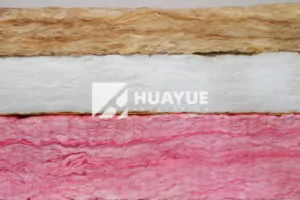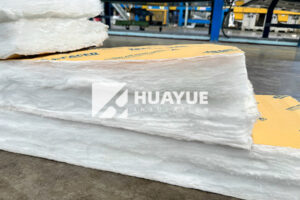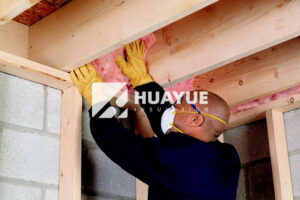Should You Choose Glass Wool Insulation? Pros, Cons, and Smarter Alternatives?
Deciding on the right insulation isn’t easy—pick the wrong one, and you could end up with higher bills, more noise, or unexpected headaches.
Glass wool insulation has clear strengths: top thermal efficiency, fire safety, and affordability. But there are also some downsides like skin irritation and limits in damp places. Knowing both sides helps you make a smart choice.

Picking insulation is more than just comparing price tags. You want something that makes your space better, safer, and more comfortable for years to come. As someone deeply involved with energy-saving materials for decades, I’ve seen glass wool succeed in many projects, but I’ve also seen its challenges. Let’s take a balanced look so you can choose confidently.
What Are the Major Advantages of Glass Wool Insulation?
Many people want insulation that does more than just keep out the cold.
Glass wool stands out for superior thermal insulation, strong fire resistance, great sound absorption, good resistance to mold, and a lower total cost compared to many alternatives.
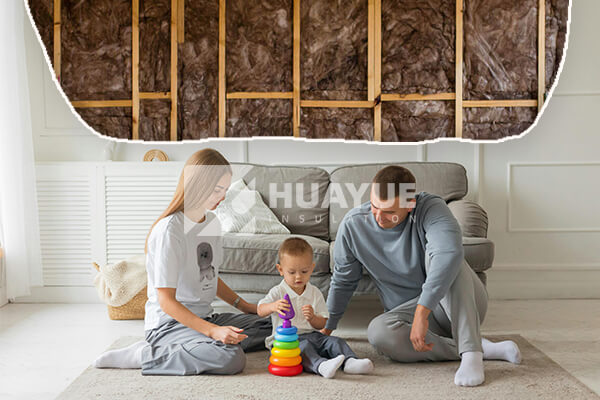
Out in the field, I’ve watched glass wool perform in a wide range of climates and structures. Its tiny glass fibers trap air, blocking heat from escaping in winter and keeping it out in summer. This means you can run heating or air conditioning less often, lowering energy bills every month.
What really impresses me, though, is glass wool’s resilience. It doesn’t burn or melt, so it helps stop fires from spreading, giving extra time for people to act. This makes it a trusted choice for safety-conscious homeowners and builders.
Sound control is another big benefit. When I installed glass wool between rooms and floors, the noise reduction was obvious—TVs, footsteps, and street sounds fade away, creating peaceful spaces. For busy families or anyone in a loud area, that’s priceless.
Thanks to its resistance to both mold and most pests, glass wool keeps its quality for years, even in challenging environments. And because it’s widely made and easy to work with, its price is usually lower than high-end insulation solutions.
Let’s break down these benefits:
| Advantage | What It Means for You |
|---|---|
| Thermal Efficiency | Comfortable, steady room temps, lower bills |
| Fire Resistance | Improved safety, limits fire spread |
| Acoustic Insulation | Reduced noise throughout the house |
| Mold & Moisture Proof | Longer lifespan, better indoor air quality |
| Cost-Effective | Great value for performance |
What Are the Real Drawbacks of Glass Wool—And Can You Avoid Them?
Nobody wants a good product that comes with hidden trouble down the road.
Traditional glass wool can irritate your skin, isn’t great for constant wet conditions, can raise ecological questions due to energy-intensive production, and must be installed precisely to work well.
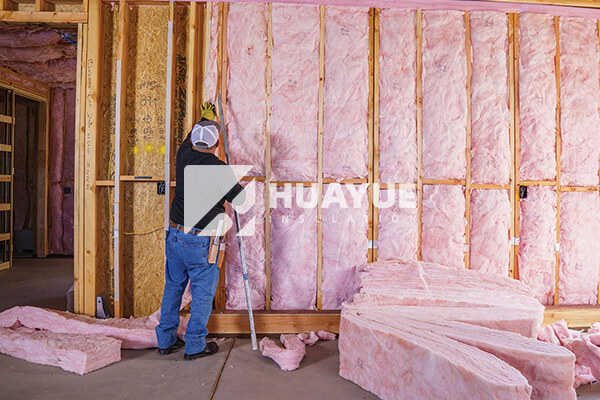
When installing insulation on-site, I always remind the team about personal safety. Ordinary glass wool fibers can cause itchy skin or mild respiratory discomfort if you don’t wear gloves, long sleeves, and a dust mask. This is usually short-lived, but it makes careful handling a must.
Moisture is an issue too. If glass wool gets truly wet, its ability to stop heat drops fast. So, for basements, bathrooms, or other damp places, I recommend a different insulation type, or a version of glass wool that’s specifically engineered to handle humidity.
Environmental friends might be concerned about glass wool’s manufacturing process—it takes a lot of energy and may use less eco-friendly binders. However, sustainable choices are now available. For example, in my own work, I use glass wool products certified by independent organizations for low emissions and safe ingredients, making sure that our insulation doesn’t harm the indoor environment or planet.
Installation is crucial. A sloppy fit leaves gaps or compresses the wool, cutting down both its thermal and acoustic benefits. I always insist on clear instructions and extra checks at every step to guarantee true long-term performance.
Here’s how the downsides stack up—and how new technology is helping:
| Disadvantage | Standard Glass Wool | Upgraded/Eco Glass Wool (e.g. HUAYUE) |
|---|---|---|
| Irritant to Skin | Yes | No/Low—formaldehyde-free, less itchy |
| Sensitive to Damp | Yes | Yes—avoid wet areas still |
| Environmental Concerns | Medium—energy and binders | Low—renewable, non-toxic, green label |
| Installation Needs Precision | Yes | Yes—still needs professional touch |
Are There Better Glass Wool Insulation Options Today?
If the traditional problems worry you, you’re not alone—many want safer and greener choices.
Modern glass wool has improved. “Next-generation” versions, like formaldehyde-free and environmentally certified products, offer all the benefits with fewer health, safety, and ecological concerns.
Years ago, I only saw standard products, but innovation means I now suggest glass wool products that are almost odorless, don’t give off dust, and are free from formaldehyde and harsh chemicals. Brands that care about indoor air quality produce glass wool that’s suitable even for sensitive groups, such as children or those with allergies.
Some products even use edible plant adhesives, making them safer for installers and residents. When I choose insulation for hospitals, schools, or green housing, these are my go-to solutions. Their durability and performance easily match the classics—they just offer added peace of mind.
Eco-friendly manufacturing is another focus. Some industry leaders (like my team at HUAYUE) build strict environmental controls into their production. Their glass wool doesn’t contain asbestos or support mold growth, and it holds international green building ratings.
Let’s compare how product upgrades change the game:
| Attribute | Ordinary Glass Wool | Eco/Upgrade Glass Wool |
|---|---|---|
| Resin/Binder | Synthetic, can emit VOCs | Plant-based, low emission, no VOCs |
| Health Impact | Possible irritation | No irritation, safe for families |
| Environmental Impact | Higher energy use, some waste | Lower energy, greener lifecycle |
| Certifications | Varies | ISO, local green labels, SGS |
Conclusion
Glass wool insulation delivers strong thermal and acoustic performance with real value, but you need to match its benefits to your needs—and pick modern, eco-friendly products for the best outcome and peace of mind.
You may also be interested in:
Ready to Get Started?
Get in touch with our experts for personalized solutions tailored to your needs.
Get Free QuoteLatest Articles
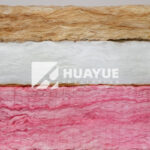
Eco Batt Insulation: What You Need to Know?
Dec 12, 2025
Let's Work Together
Ready to take your business to the next level? Get in touch with our team of experts and let's discuss how we can help you achieve your goals.
Get Free Solutions
